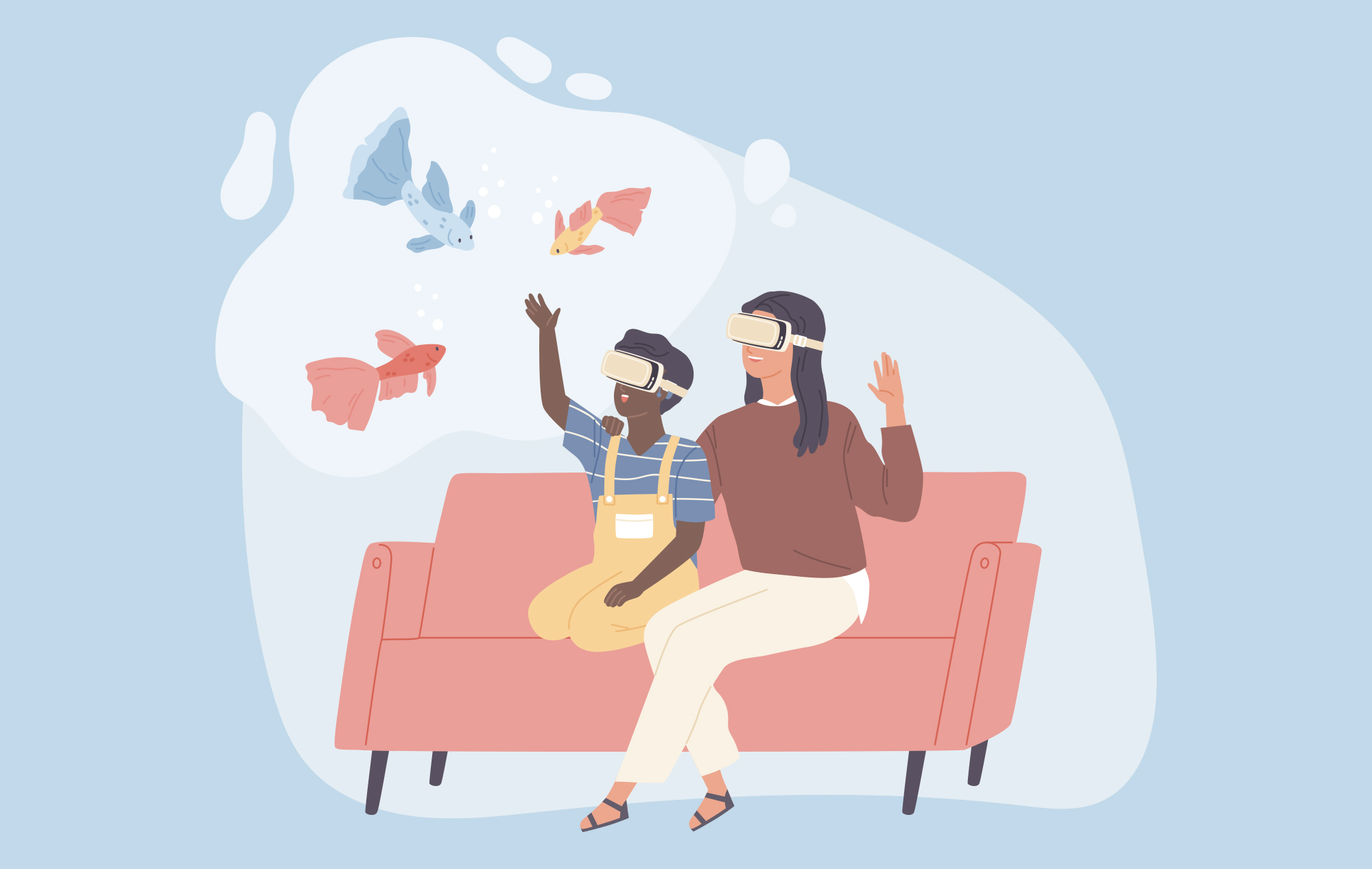Google cardboard. Oculus Quest. Sony Playstation VR. HTC Vive. Google Daydream.
While the market for virtual and augmented reality devices continues to grow, the high costs and common accessibility design flaws create a barrier for many, especially people with disabilities.
The hope, like with most technology, is that greater accessibility will give way to wider usage because VR can benefit people with disabilities and introduce them to new experiences.
Greater adoption is something accessibility expert Thomas Logan is trying to address. He has called on tech firms to incorporate Web Content Accessibility Guidelines (WCAG) into virtual and augmented reality technology to improve the experience for everyone.
For more than a decade, Logan worked with companies and government agencies to ensure inclusion, diversity, and accessibility goals were achieved. In 2012, he created Equal Entry to “improve public education about accessibility,” help people with disabilities utilize technology and assist companies in developing more accessible products, including augmented and virtual reality (VR).
This work is important because people with disabilities say VR has the potential to “enrich their lives,” but is riddled with accessibility issues, according to research by the Disability Visibility Project and ILMxLAB, an arm of Lucasfilm.
A December 2020 Equal Entry-sponsored webcast hosted by Pablos Cardenas, with assistance from Logan, noted how nascent VR technology has yet to saturate the marketplace and how usage among people with disabilities is even lower due to accessibility failures and the high cost of headsets. Cardenas found that people in only 88 countries have the purchasing power to buy these devices. These price points are also extremely limiting to people with disabilities, who are historically underrepresented in the workforce, and experience higher rates of unemployment and earn significantly less than non-disabled people.
During one of Logan’s Accessibility NYC Meetups, he presented “Accessibility and Virtual Reality,” which documented various steps developers can take to make VR more accessible to people with disabilities.
“Apply existing accessibility guidelines to VR/AR,” said Logan during the demonstration. “I think a lot of what's already been set into the Web Content Accessibility Guidelines—even though it's called web, it basically applies to virtual and augmented reality technologies...It needs to be available for other developers...They need guidelines and they need techniques for how they actually make that accessible to everyone.”
VR/AR Accessibility Guidelines
Add Alternative Text
Similar to adding alternative text to images on a webpage, Logan recommends doing the same for VR graphics. Here’s his advice: Have the developer incorporate the alt text and ask another team member to inspect the work to ensure they don’t have a defaulted “object” text.
Incorporate Captions
He also found most virtual reality games lack appropriate captions and don’t properly associate them with specific speakers. Logan suggests adding captions directly correlated to the character who is speaking.
Communicate Sounds & Music Visually
In virtual reality games, some actions are prompted solely by sounds. Logan provides the example of a knock on the VR door behind you. However, if you are hard of hearing, deaf/Deaf, you may not be able to hear the sound effect, so you won’t know what to do next. Logan advises that developers add either descriptions of the sounds in brackets and/or communicate with alerts, text flashes, or vibrations. When music plays, developers can communicate the sounds by visually mapping pitch.
Understand Color Blind Reality
It’s vital developers understand what reality looks like to those with color blindness, so they can create a virtual reality from their perspective. Logan used the example of sushi in a VR game. To the developer, the colors appear as intended, however to those with color blindness, the sushi comes in grays or other colors, appearing nothing like sushi.
Resize Text
In some virtual reality experiences, text is static in the virtual distance, meaning users can’t enlarge or zoom in. Logan says developers should add zoom or resize capabilities.
Ensure Device Independence
Most VR devices also come with a specific controller to manipulate virtual movements, which can be limiting to people with disabilities. Logan advocates devices shouldn’t be dependent on specific keyboards or controllers because some may be unable to use them.
Provide Dark Mode & Other Background Options
Logan proposes developers ensure virtual reality experience has color contrast, with little to no visual background noise.
Represent People With Disabilities
It’s also important people with disabilities are represented in VR. As Logan explained, in the augmented reality game Second Life, a virtual movie offered wheelchair accessible seating for those players’ avatars who had wheelchairs.
With this technology expected to grow and be incorporated in various ways, Logan’s work has become all that more important, reminding us all that web accessibility needs to expand to other digital platforms and environments as well.






Leave a Comment